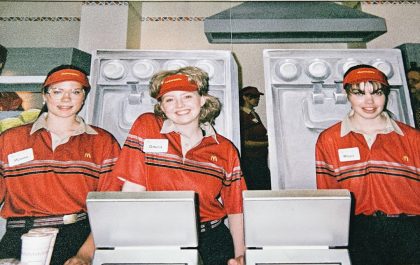Imagine you’re building a treehouse. But instead of just jumping in with wood and nails, you first write down what you’re going to build, how you’ll do it, and when you’ll finish. That plan is kind of like a Statement of Work, or SOW.
A Statement of Work is a document. It tells everyone involved what needs to get done. It’s used in business, especially for projects that involve more than one company or team.
Why is it important? Because it keeps things clear. No surprises. Everyone knows their job and when it needs to be finished.
What’s Inside a Statement of Work?
A good SOW includes a few key things. Here’s what you’ll usually find:
- Scope of Work – What the project includes (and what it doesn’t).
- Objectives – The goals you want to achieve.
- Timeline – When things need to be done.
- Deliverables – The final results or products.
- Milestones – Important steps or checkpoints along the way.
- Payment Terms – How and when payment will happen.
- Responsibilities – Who is doing what.

Let’s Break That Down
Scope of Work is like saying, “This is what I will build: a two-story treehouse with a ladder and a slide.”
Objectives tell why you’re building it. Maybe you want a fun place to hang out or a quiet spot to read.
Timeline could say, “Start on Monday, finish in two weeks.” It keeps everyone on track.
Deliverables are the proof it’s done. That could be the finished treehouse, a test run down the slide, or a photo of you sipping lemonade up there.
Milestones help you measure progress. For example:
- Day 1: Materials delivered
- Day 3: Floor built
- Day 7: Walls and roof done
Payment Terms are important in business. They could say, “Pay 50% up front, and 50% when it’s finished.”
Responsibilities list who’s doing what. Maybe you build, your buddy paints, and your sister brings snacks. In real-world projects, teams might include designers, developers, and managers.
Who Uses SOWs?
Lots of people and businesses use them! For example:
- Web developers creating a new website
- Construction teams building a house
- Marketing firms planning a campaign
- Event planners organizing a big party
Anyone who wants clear expectations and a smooth process can use a SOW.

Why Do Projects Fail Without a SOW?
Let’s say you don’t write anything down. You think the treehouse will be red, but your friend paints it blue. You wanted a rope ladder, but got a wooden one instead. Oops!
No SOW means miscommunication, confusion, and often frustration. With a good Statement of Work, everyone’s on the same page. Clear instructions win the game.
Tips for Writing a Great SOW
- Be clear and specific. Don’t leave room for guessing.
- Keep it simple. Use plain language.
- Include dates and numbers. Avoid terms like “ASAP” or “some features.”
- Get agreement. Make sure everyone signs off before the work begins.
If you’re not sure where to start, you can also find templates online to help!
In a Nutshell
A Statement of Work makes any project easier. It’s like a blueprint for success. Whether you’re building a treehouse or launching a new app, a good SOW keeps everyone happy—and on the same page.
So next time you start a big project, grab a piece of paper or open a doc, and write your Statement of Work. Your future self will thank you!
yehiweb
Related posts
New Articles
Jobs That Hire at 15: Companies Hiring Teens Right Now
For many teenagers, getting a job at 15 is more than just a way to earn money—it’s a valuable opportunity…


